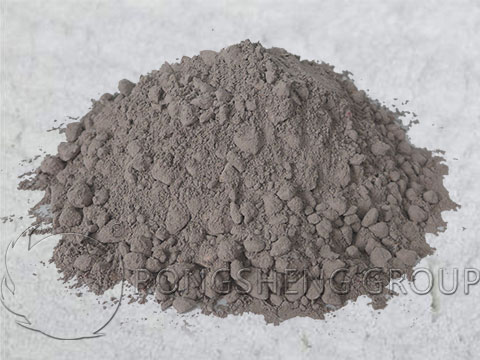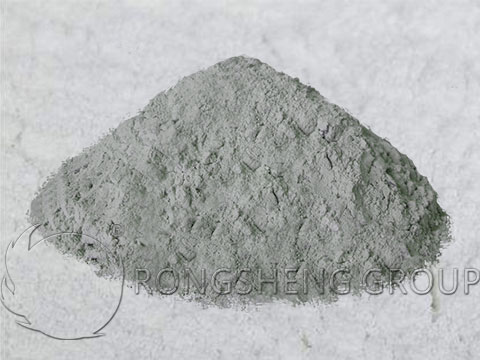Plastic Refractory is mainly used as lining materials for various heating furnaces, soaking furnaces, annealing furnaces, sintering furnaces, and electric furnace roofs in the steel industry. The four main Properties of Plastic Refractory are as follows:

1, Thermal Shock Resistance
Compared with refractory bricks of the same material and other amorphous refractories, the plastics have a low bulk density and a large number of holes and microcracks inside. And when used in the heating process and high temperature, there will be no crystal form change and cause severe deformation. The mineral composition near the heating surface is mullite and cristobalite crystallites, and the glass phase is less. The physical properties of the structure and phase from the side facing the low temperature are tapered rather than violent. Therefore, the plastic refractory has better thermal shock resistance. Therefore, the plastic can be particularly suitable for furnace walls with high temperature fluctuations and high temperature furnace roofs subjected to flame impact or radiation.
2, Peeling Resistance
The castable has fewer voids than the plastic refractory, even after drying, the aggregate remains in close contact with the cement combination. The cement itself is very dense and fine, so the castable refractory should not be directly impacted by the flame, nor can it withstand the drastic changes in the furnace temperature. Otherwise, due to the sudden expansion of the aggregate, it will unavoidably lead to the collapse of the surrounding cement structure. This phenomenon is known as spalling of the casting lining. In plastic refractory, refractory clay acts as a binder, and the clay shrinks due to drying and dehydration, creating fine gaps around the aggregate. The relatively loose connection has the function of absorbing the sudden expansion of the aggregate. Due to this feature of plastic refractory, plastic refractory linings can be used under the following conditions:
(1) direct impact of the flame;
(2) high-intensity radiation that burns heat;
(3) A drastic change in the temperature of the furnace.

3, Corrosion Resistance
Refractories used at high temperatures are eroded by various gases and slags and react in various ways, causing changes in material properties and corrosion. The castable with high aluminum cement as the binder has lower acid and alkali corrosion resistance than plastic. Since plastic refractory can be used as a binder for refractory clay, plastics are generally resistant to acids and alkalis.
4, Wear Resistance
Ordinary plastic refractory, Because the aggregates are bonded together by refractory clay, the strength is not very high, so the wear resistance of the plastics is not very good, and the aggregates are easily detached when rubbed. Due to the compact and compact distribution of the cast lining surface and the exposed aggregate, the high alumina cement binder is protected from the impact of the dust by the aggregate to maintain its bonding force. The wear resistance of castables is usually significantly better than that of plastics. However, phosphate-bonded plastic refractory, whose fine particles maintain high bonding strength, can be used in friction linings under high temperature conditions. Since phosphate is a thermosetting binder, phosphate-bonded plastics require high strength after drying and baking after application.

Get More details about the Properties of Plastic Refractory, Please Contact RS Plastic Refractory Supplier, We will give you back as soon as possible!